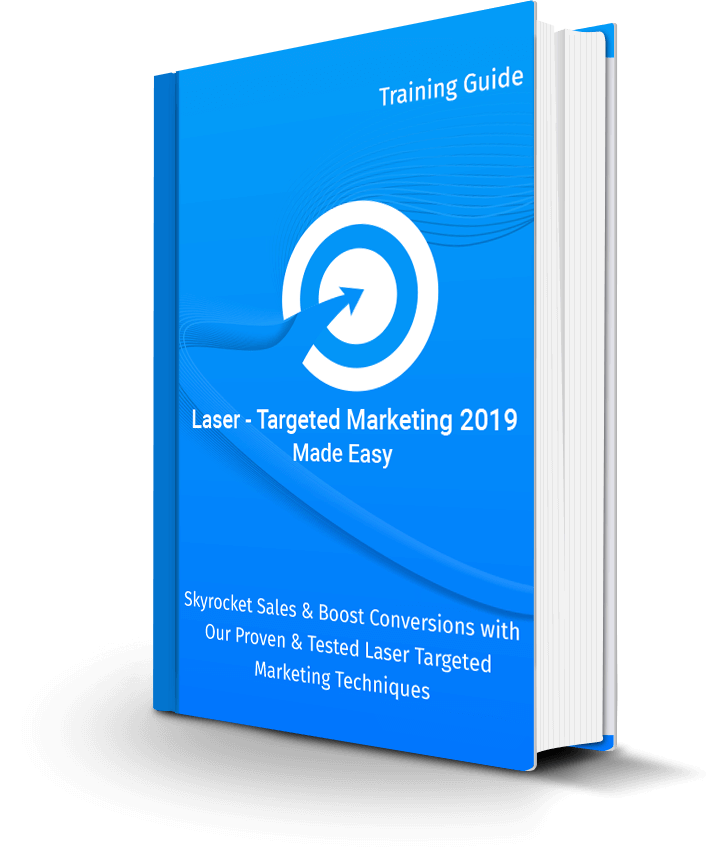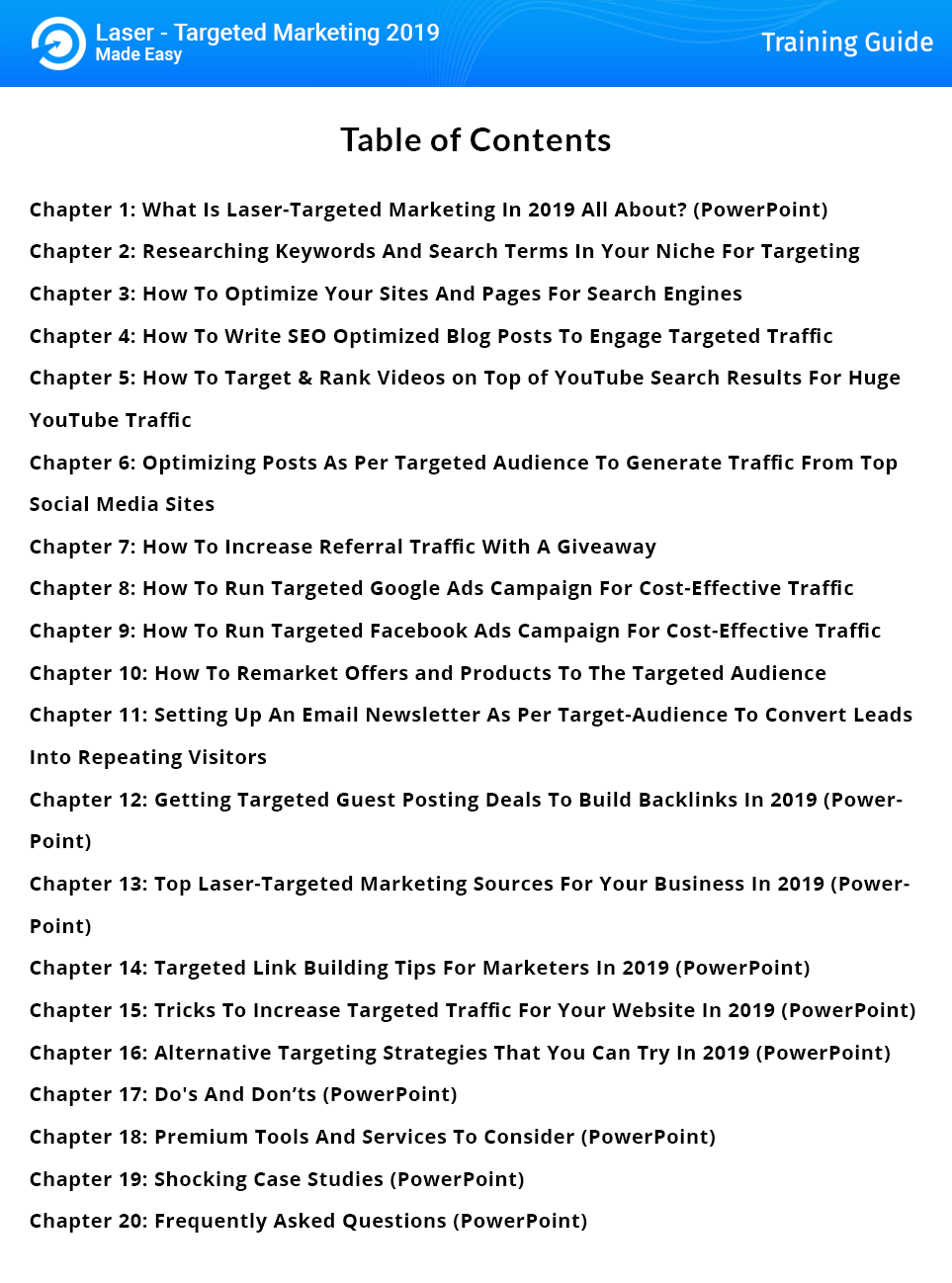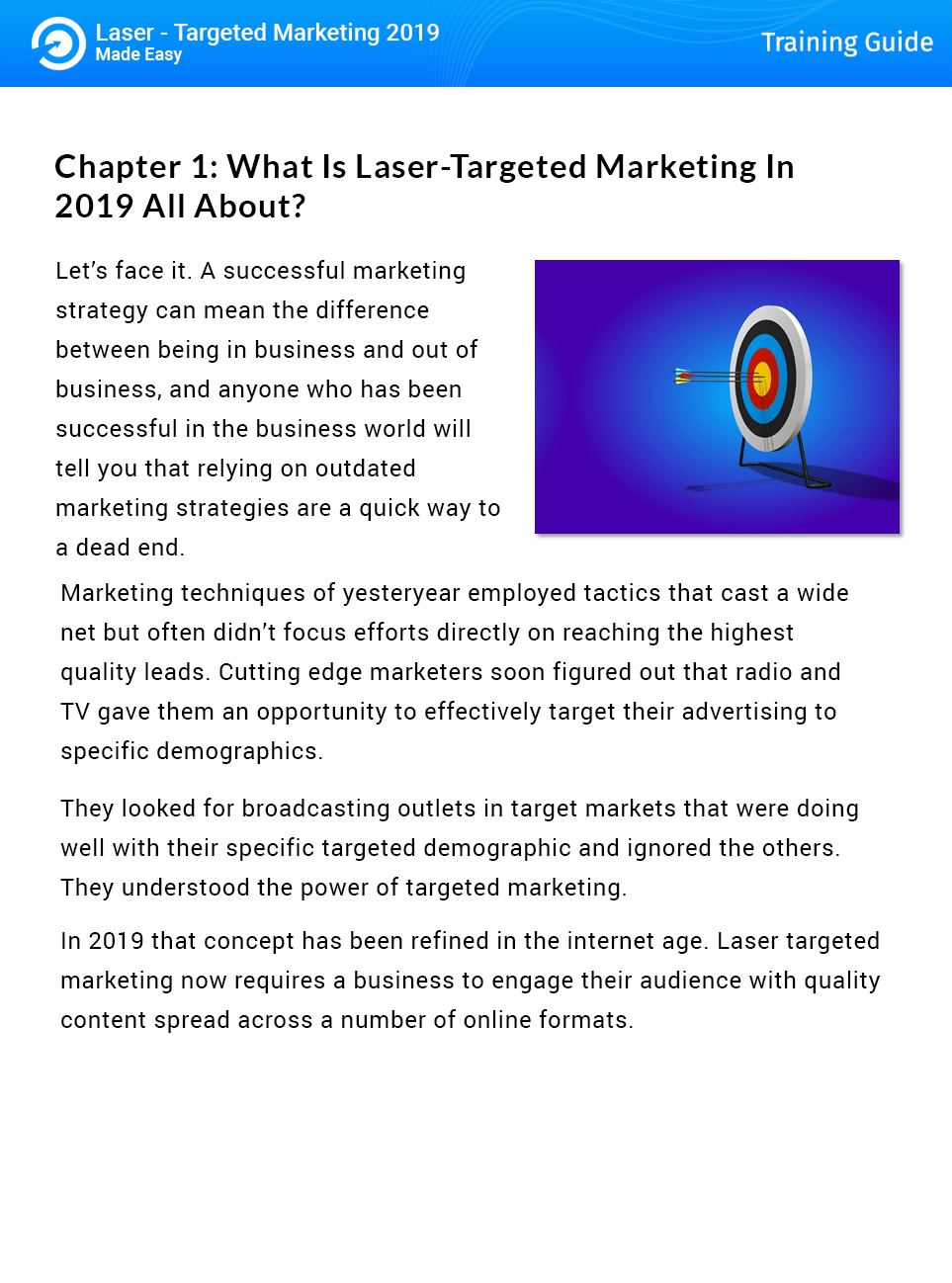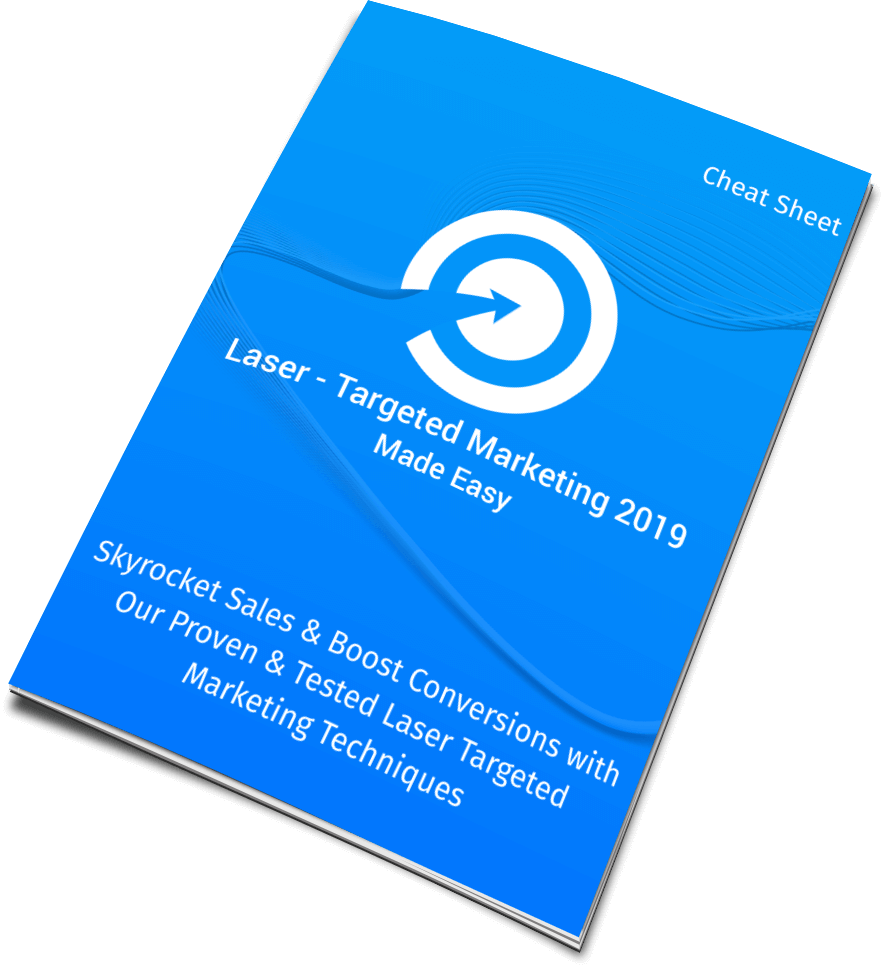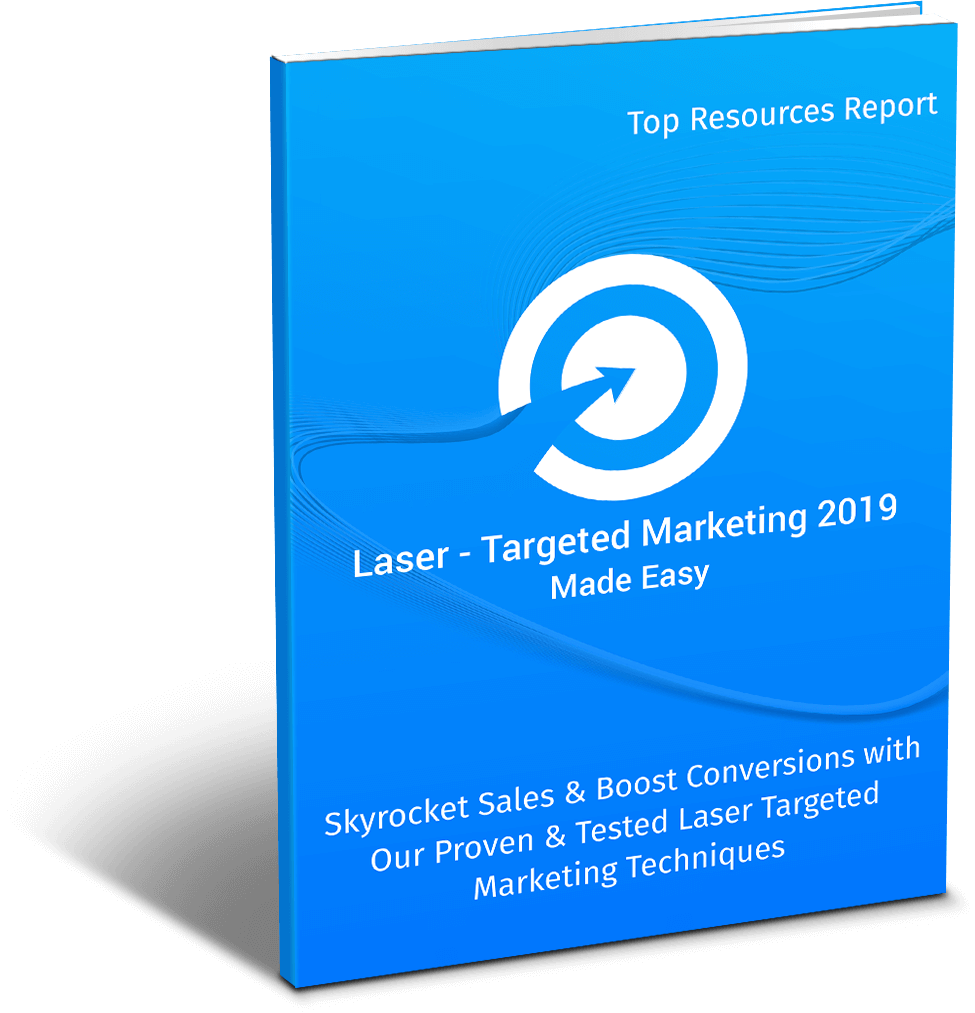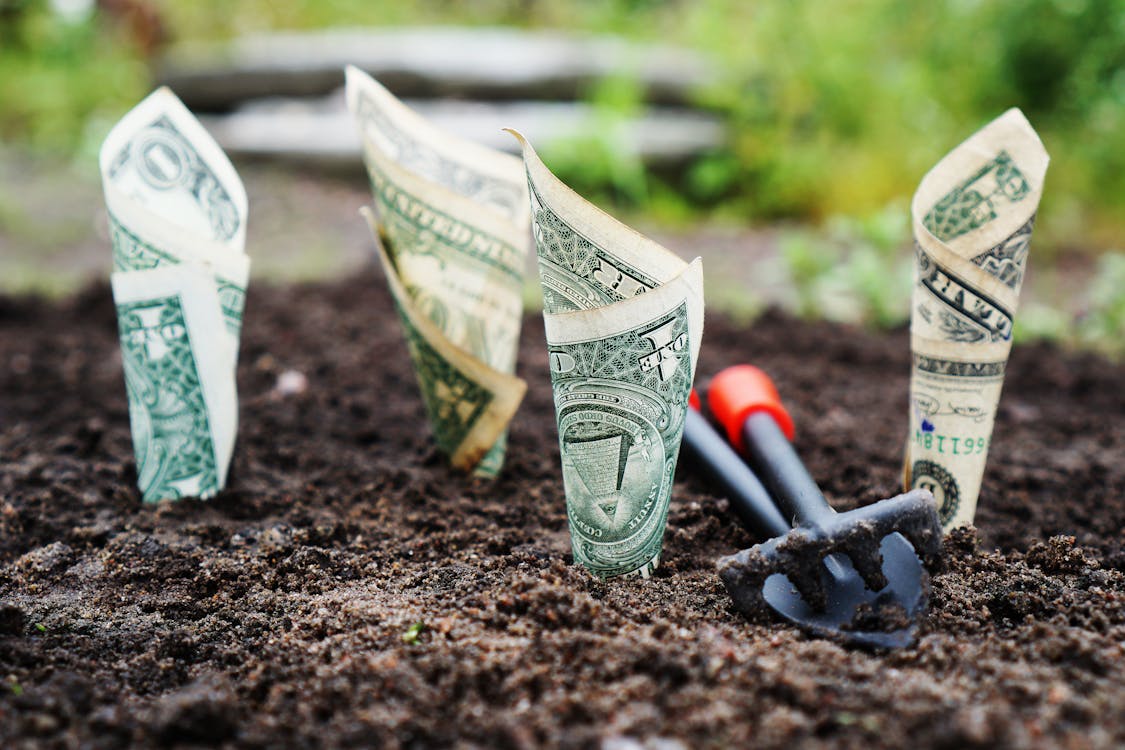There are a few things you can do to minimize the risk of being cheated online. A little vigilance and common sense can go a long way in protecting you. Here are some things and not.

Protect your personality at all costs
Only shop at reputable sites. Keep passwords secure. Replace them regularly.
Do not click on links in emails
Be especially vigilant if emails claim to come from your bank or from a sender you don't know. Many of these links will take you to a scam site where they will try to get you money. Or it could be phishing sites trying to steal your identity. They may also be banking and PayPal sites to try to steal your username and password and thus gain access to your account.
Use antivirus software to keep it current
These programs are not perfect, but they offer much more protection than not having any installed at all.
Do not store credit card information on ECommerce sites
One-click shopping can be very convenient, but with so many data breaches these days, the last thing you want to do is make it easier for cyber criminals to steal your financial data.
Be careful about the identity of the senders and website owners
It only takes a few minutes to check whether the website or email contact information is legal or not. You can also go to the WHOIS Network Solutions Database to see who owns the site, how long it has been in business, etc. https://www.networksolutions.com/whois/index.jsp
Don't shop at overseas sites
US residents will receive consumer protection shopping on a US-based site, but will not convert if you are cheated abroad. Check your contact information and search for a business on Google.
Use a credit card for payment, not a debit card or check
A credit card will give you the most protection against fraud. You have up to 30 days to report fraudulent activity, compared to just 48 hours for debit cards. Check issues can take weeks to track.
Don't fall prey to fake contest scams
These scammers tell you that you have won a prize and will often require delivery and processing to receive it. Then they have your financial information, address and so on to do as they wish.
Sign up for free FTC fraudulent alerts
The US Federal Trade Commission keeps a close eye on the latest scams and posts them here: https://www.consumer.ftc.gov/features/scam-alerts
Sign up for email notifications and check the page regularly to keep you and your family safe.
Don't be fooled by free trial offers
They can be used to steal your important information. They can also hit your account with renewals every month if you are not careful. Check your PayPal account for automatic payment settings and delete recurring payments if necessary.
Make a police report
Search for your site and report an emergency. Having police walking information could help you get more protection if the scam is extreme.
Report it to the FTC if you are a victim of fraud
Go to https://www.ftccomplaintassistant.gov/#crnt&panel1-1 and give full details of what happened. They rely on the community to help on the spot cheat and stop them.
You can never be 100% safe online, but these guidelines will help you minimize the risk of fraud.
* FotoForensics - http://fotoforensics.com/
This also gives you detailed information about a photo and whether it was edited or not. It's a little complicated to use; However, if you are media buying what you hope to be real photos from reputable photographers, it is worth using.
How to Check pictures for credibleness
In the days before the web, seeing wont to be basic cognitive process. currently within the days of Photoshop and also the mania on social media to share photos and pictures, it's simple to be deceived by altered and pretend photos unless you're careful.
Why faux Photos?
Some folks bang only for fun as they play with Photoshop and similar image writing code. Others need to make a "wow" image which will get them a great deal of likes and shares on social media, which may translate into additional traffic, subscribers and sales.
Still others ar deliberately attempting to deceive folks so as to sway opinion and manipulate folks, like within the run-up to the 2016 elections within the u. s.. for instance, Russian operatives got wind of many sites with thousands of pictures showing direct bias against immigrants. https://www.marketwatch.com/story/fake-views-russians-posting-doctored-images-on-facebook-exploited-loophole-2018-02-23
There ar fact-checking and image-checking sites offered, however it'd be a regular job to examine everything you see being announce. And most biased folks don't seem to be getting to care anyway, however simply hit the share button.
However, if you care concerning whether or not or not the photos you see ar authentic, here ar some ways that to identify the fakes.
1. search for Strange Angles
You can usually tell if one thing has been inserted by the actual fact that the angles don’t match those of alternative things within the ikon. Inserting an additional person into a photograph could be a common scam however there'll sometimes be one thing odd concerning it.
2. be careful for Strange Shadows and Lighting
Similarly, inserting an additional component into {a ikon|a photograph} usually doesn’t work owing to lightweight and shade within the photo, and color couple as a result.
3. Do a Reality Check on the situation of the ikon
Is it AN actual ikon of the situation it claims to be? A supposed "huge" rally for Donald Trump in Arizona announce on his Twitter account was noticed by Cleveland natives as being their home city within the middle of the Cavaliers’ basketball championship parade through downtown.
A current well-liked faux ikon of the world’s supposed largest snake shows a scaled-up boa on utterly the incorrect continent.
4. Check the standard
In some cases, one a part of the ikon can be coarse or blurred, the opposite clear - once more showing AN insertion of one thing that was ne'er there within the initial place.
5. Compare to Similar Photos on-line
You can check Google pictures, which is able to sometimes show over one copy of identical ikon. In some cases, you'll realize sites that have added things and in some cases, even taken things away. One newspaper was caught habitually writing out Sir Edmund Percival Hillary Clinton from photos of necessary political events.
6. Useful Tools
There ar variety of helpful tools which may assist you notice image fraud if you continue to can’t tell once your own commonsensical reality check.
* TinEye - https://www.tineye.com/
This is a reverse image search to assist you discover the originals of photos. There ar over seventeen billion searchable pictures within the interface.
* Google pictures reverse search - https://images.google.com/
Enter the universal resource locator to find the first.
* Izitru - https://www.izitru.com/
This tool can run photos through many layers of certification to envision whether or not or not it's been altered in a way. it'll then assign a trust rating to the image.
* FotoForensics - http://fotoforensics.com/
This will conjointly provide you with elaborated data a couple of ikon and whether or not or not it's been emended. it's a small amount sophisticated to use; but, if you're a media skilled shopping for what you hope to be authentic photos from good photographers, it's price victimisation.








